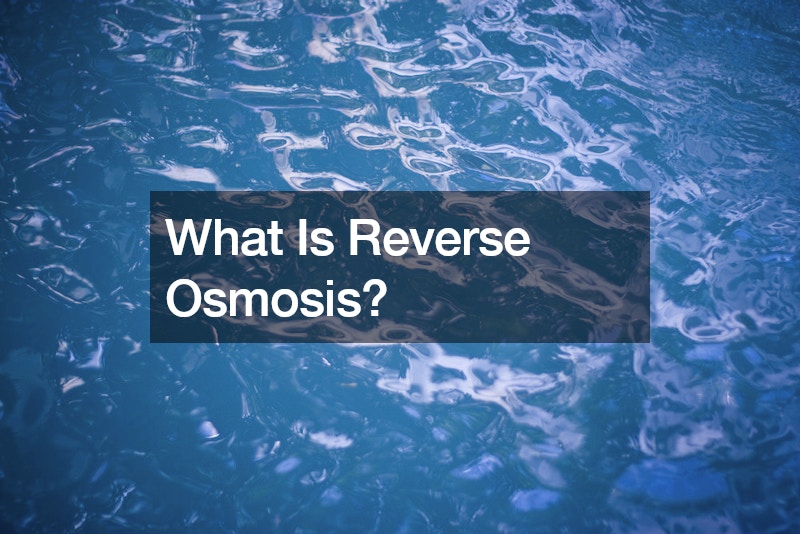Water purification can often prove to be challenging for commercial water treatment companies. However, not when they choose reverse osmosis.
It is because reverse osmosis ensures contaminants are fully removed from water through a semi-permeable membrane as shown in the video. As such, the membrane only allows the tiny water molecules to pass through, while blocking the impurities.
In other words, assume you’re using a filter that only allows water molecules to pass through, while larger molecules such as salt, contaminants or minerals are left trapped inside the filter. Now, that’s how the reverse osmosis water purification process works.
Aside from the purification benefits of reverse osmosis, it also ensures that safe drinking water is free from heavy metals and harmful substances like fluoride and chlorine. Additionally, it also improves the taste of water, odor and overall quality.
Another benefit is that reverse osmosis systems are easier to install and maintain, and that tells why most water treatment companies prefer it over other techniques. As such, their easy installation makes them convenient and reliable to use for purifying water.
With the appropriate design, maintenance program and usage, reverse osmosis systems can last for years. However, there should be frequent monitoring to save the system of the commercial water treatment companies from costly repairs and unscheduled maintenance, disrupting their normal operations.
Lastly, it is important to note that the widespread application of reverse osmosis greatly underscores its importance in ensuring constant and reliable access to clean drinking water for communities.







